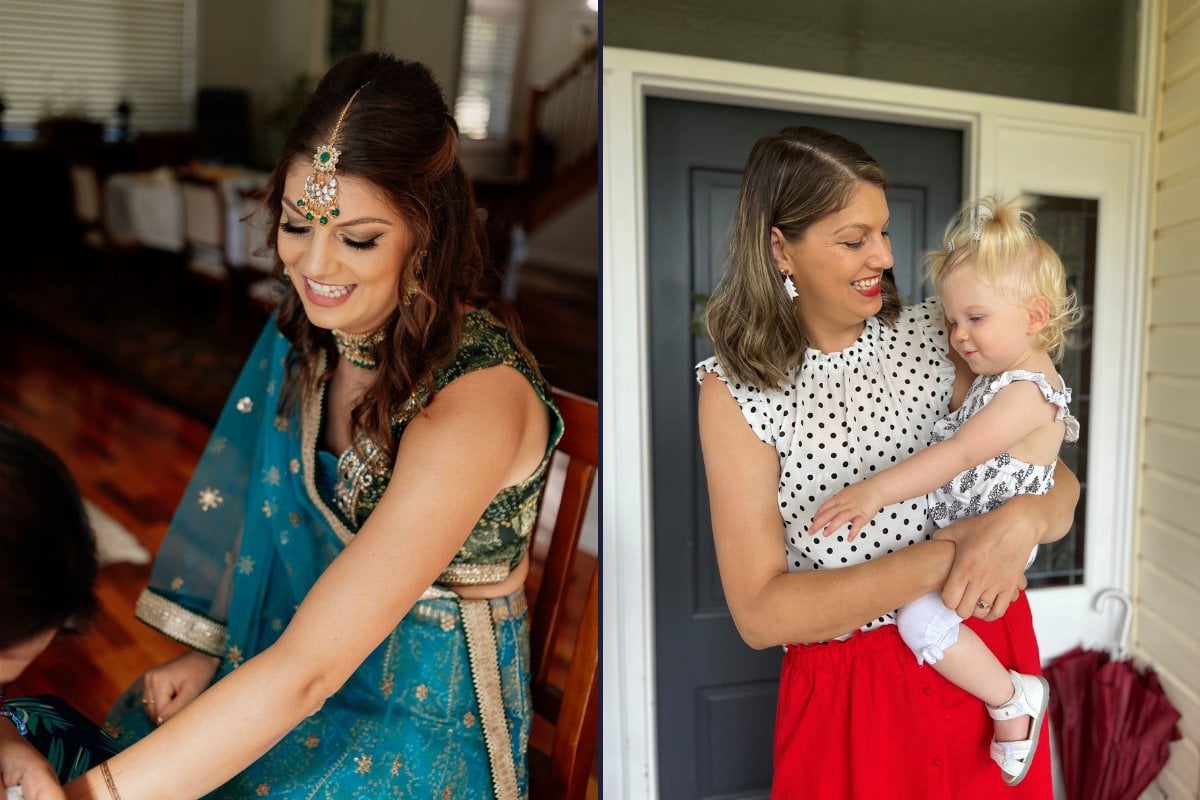
Watching the Harry & Meghan documentary last Friday night, I was shouting "YES! Exactly!" at the TV when Meghan said, "People don’t talk about what it’s like to be mixed race. So much of my self-identification was trying to figure out where I fit in. A lot of that is 'you’re not white enough or you’re not black enough.' But I don’t see the world that way."
Okay, it was my phone rather than the TV because I was watching in bed, and I was only shouting in my head, because waking a sleeping toddler is never a good idea. But the sentiment remains: Meghan Markle, one of the most influential people in the public eye, has shone a light on a gap in the conversation about race and racism. And that is: what it feels like to be of mixed descent.
My dad is a true Viking-heritage English; fair-skinned, blonde, blue-eyed. My mum is Fijian-Indian, our ancestors Kashmiri.
Never a day in my life have I felt 'white'. But I’ve also never felt Indian.
What I feel and what I am is a mixed race. Or as my family affectionally calls it: a fruit salad!
Of course, Meghan Markle is referencing a divide and experience of racism far beyond what I will ever know or experience. I don’t claim to have first-hand experience of even a fraction of what she is saying. What I do appreciate is that she’s starting a conversation; a conversation that will be as nuanced to each mixed-race person as their cultural and ethnic background.
Watch: The official trailer for Harry and Meghan. Story continues after video.

Top Comments